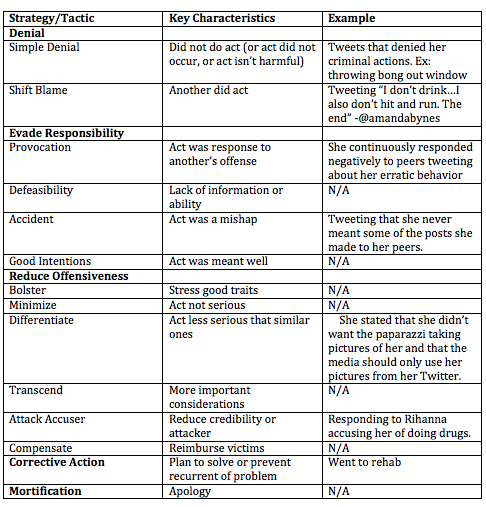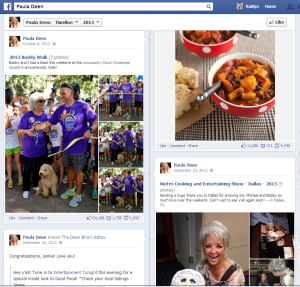By: Alexis Cubit and Kellie Pearson
When I first learned of this paper, I wasn’t sure who I would do. Then, I noticed Chris Brown was back in the news for violating his parole. It was almost like a gift from above. He had been in trouble just so I could have someone to do my project on!

The more I researched Brown, the more material surfaced, however, my partner and I could only choose one situation. Because the Rihanna incident was more than three years ago, we had to choose a different one. We decided on his incident with Drake because it’s the most recent and had the most dire effects.

The club after the brawl
Brown’s injuries after the incident
To recap, Brown and Drake were at the same club, W.i.P, in New York one unfortunate night in June 2012. Brown sent over a bottle to Drake, which apparently didn’t sit well with the singer. As a result, Drake approached Brown’s table and from there, it went downhill. Despite several differing reports on who did it, Brown was struck with a bottle. By the end of the brawl, Brown had a gash in his face and his bodyguard, Pat, had to be rushed to the hospital. Pat later sued Drake and the nightclub.
Pat, Brown’s bodyguard, suffered injuries to his head.
Several others were injured, including San Antonio Spurs guard Tony Parker. The incident brought about great alarm among pop culture, reminding many of what happened between rappers Tupac and Notorious B.I.G.
Because of Brown’s past experiences, his reputation was further tarnished. In our paper, my partner and I examined other celebrities who had a stain in their reputations, how they handled it, how Brown dealt with the issue and what we think he should have done and what can be done now. We looked at image repair case studies on Hugh Grant, Ricky Gervais, Christian Bale, Michael Phelps and Terrell Owens. The most successful image repair strategies came from Grant, who was arrested for lewd acts with a prostitute in 1995. He previously had a good reputation and was able to restore his good name, using bolstering, mortification, attacking the accuser and denial.
For Brown, however, he began employing the wrong kinds of strategies immediately after the incident. He took to Twitter, insulting Drake and threatening him. Instead of proving a point, it made Brown look even worse.

Tweets from the night of the incident
After examining Brown’s social media, specifically his Twitter, we found the image repair strategies he used were attacking the accuser, denial, evading responsibility, bolster, transcend and corrective action. Some were successful and caused viewers to feel sorry for him, while others didn’t. For example, one of his tweets said, “Nigga done 6 months community service wit police and the DA racist ass crying to the judge that I didn’t do it. FUCK THE SYSTEM!” While it’s clear Brown is hurt and trying to better himself, the way he phrases his opinions and views reinforce the negative attitudes people feel towards him.
Brown is also currently incarcerated for being kicked out of rehab, which is a violation of his parole (he was granted parole and made to serve community service after the 2009 assault on Rihanna). He is scheduled to only serve one month in jail, but could be facing four years after assaulting a man in Washington, D.C.
While we believe Brown is anxious to turn around his negative public perception, it will be a while before he can do that because of his upcoming assault trial. When he finally serves all of his time and finishes with each case, Brown should begin to rethink his social media. His Facebook page is fine, because he (and his reps) use it solely for promotional/music purposes.
His Twitter and Instagram, however, need to be revised. Brown should continue to post inspirational and positive tweets, but should watch his language. It’s normal to express anger, concern and/or hurt about something, but it must be done in a tactful manner. He should also refrain from putting images on Instagram that could potentially depict him in a negative way. Pictures like the one below should be removed from his social media:

Chris Brown Smoking Weed (Three Blunts at Once)
One of the biggest limitations to our study was the fact that at one point, Brown deleted his Twitter and started over. Many of the deleted tweets showed him having Twitter beefs with people like B2K singer Raz-B and comedian Jenny Johnson. His first documented tweet is on May 17, 2013.
In conclusion, we believe Brown should, essentially, start over. He must rebuild up his credibility and gain the trust of the public. William Benoit suggests enhancing one’s prior reputation to help with image repair. Because Brown had a positive image until 2009, he should be able to restore his image after some time.


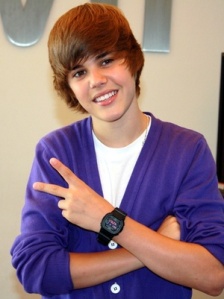


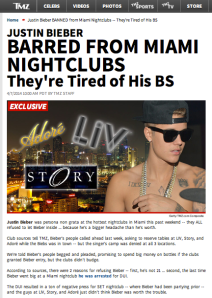

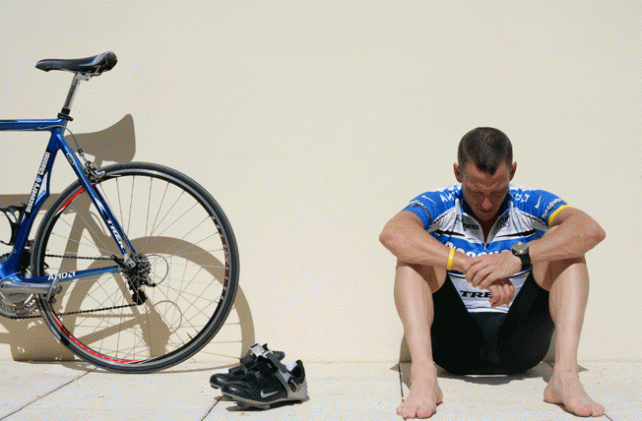









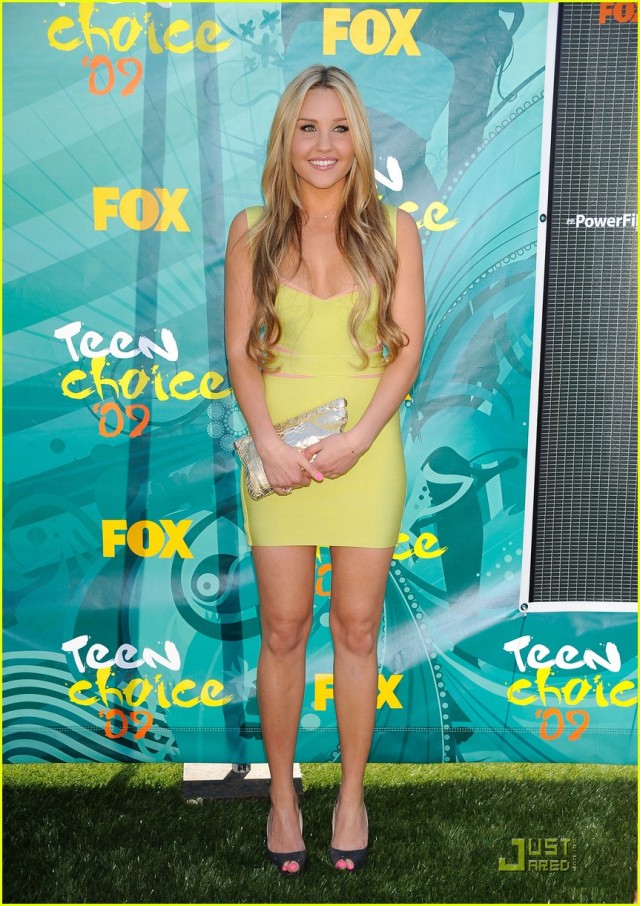



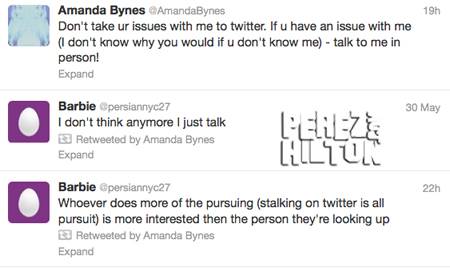
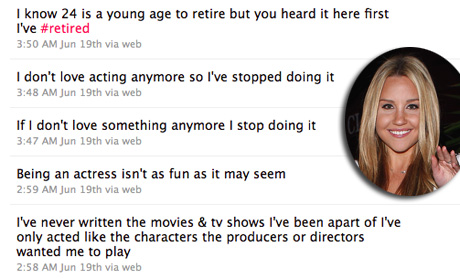 In 2013, she took to Twitter to express inappropriate thoughts, calling peers ugly and acting out of the ordinary. Her tweets made national headlines and even transmitted to the print media.
In 2013, she took to Twitter to express inappropriate thoughts, calling peers ugly and acting out of the ordinary. Her tweets made national headlines and even transmitted to the print media.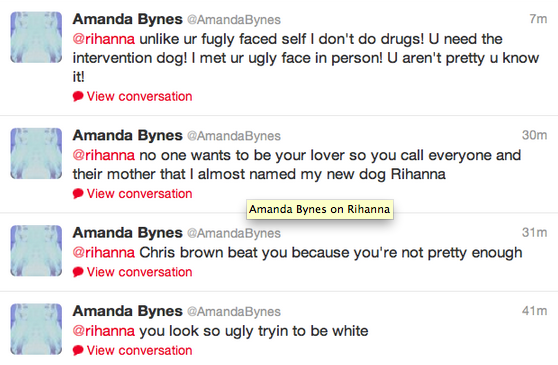
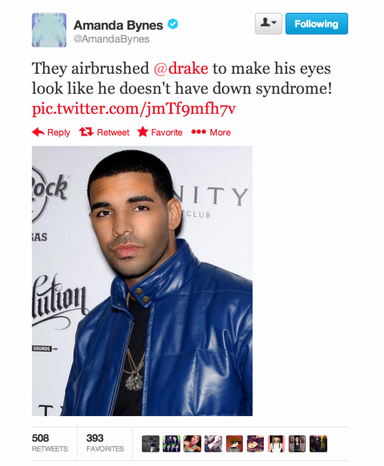 She also displayed how alone she was by sharing the post below.
She also displayed how alone she was by sharing the post below.
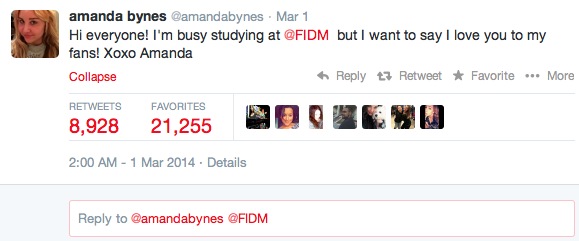


 After doing extensive research, we used Benoit’s image repair theory and examined what tactics Bynes’ used, as seen in the graph below.
After doing extensive research, we used Benoit’s image repair theory and examined what tactics Bynes’ used, as seen in the graph below.